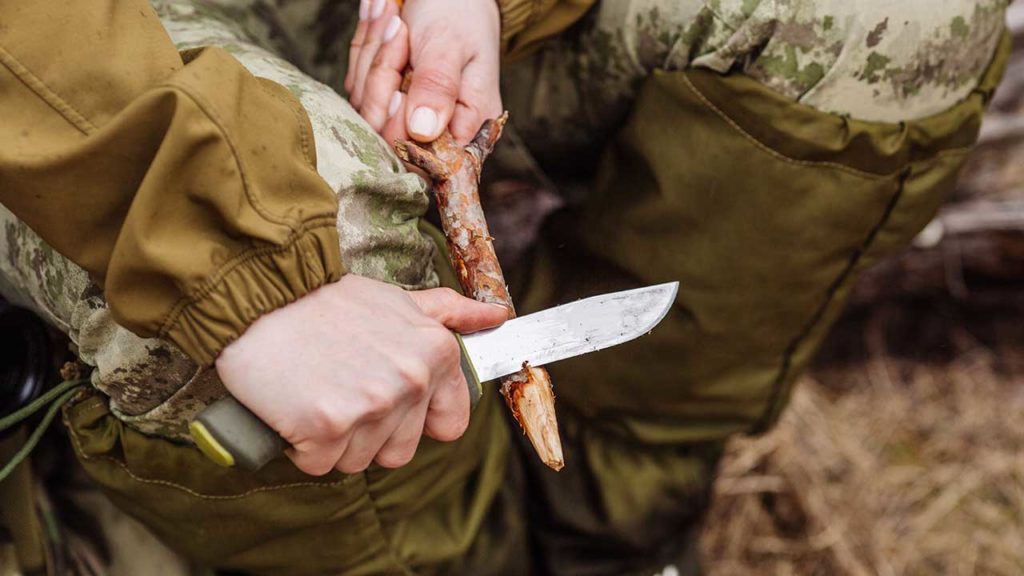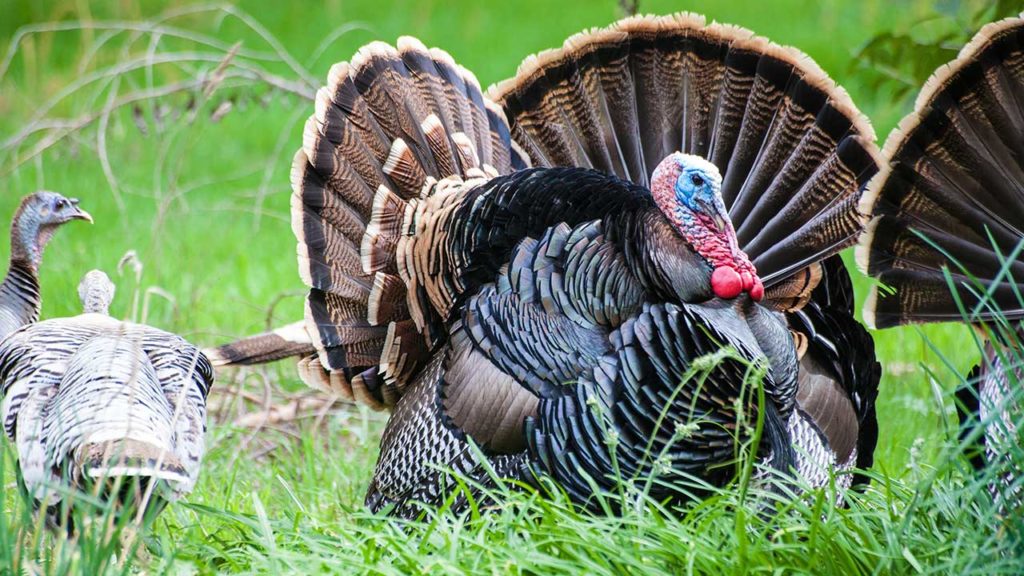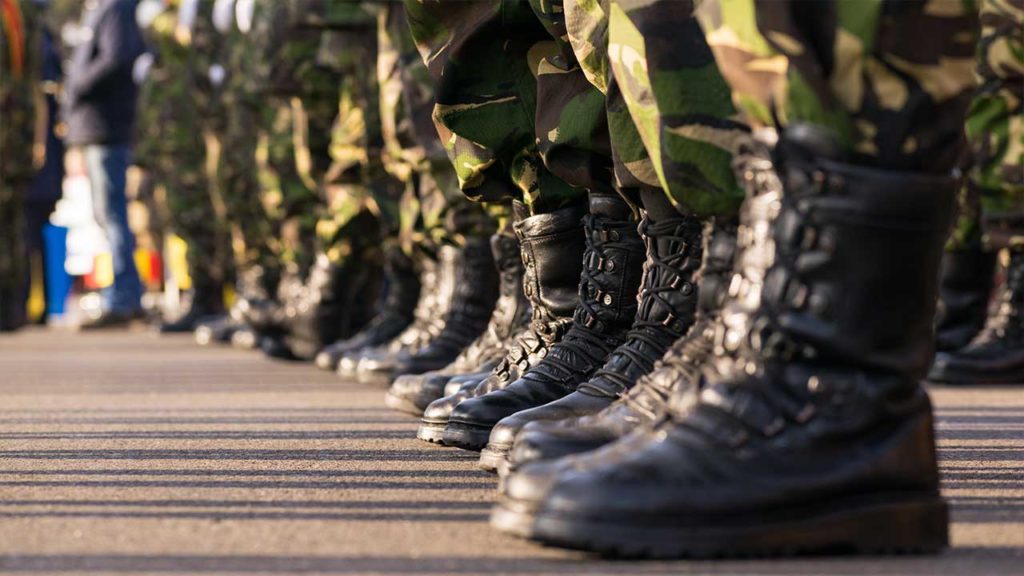Don't do dumb stuff with dead animals - A hunter's guide in etiquette on capturing a successful hunt
If you are a hunter and an outdoorsman/woman, you have seen it. Scrolling your favorite social media app or page, amongst the numerous ads with camo-clad influencers claiming whatever trinket they are marketing at the moment is the “best”. It interrupts your mindless scrolling and almost forces you to read the caption. The infamous dead deer selfie, pictures of decapitated turkeys, or my personal favorite, the shirtless dude with a mullet and a trucker hat straddling the carcass of a dead animal holding a beer and a weapon. Why is this happening? What happened to capturing tasteful and respectful photo representations of hunters afield? What happened to the respect that our mentors and hunters before us had for the quarry, the art, and the passion of the hunt?
Like many children of the rural southern United States, I grew up in the woods. It has and always will be where I find most peace. As a boy I would devour any and every piece of literature involving hunting, fishing, firearms, and archery. My brothers and I spent many hours fashioning our own self bows and arrows out of saplings, and then would raid the garage for twine or whatever we could find to twist our own bow strings.
We would then use these primitive, and mostly inefficient creations to stalk squirrels, rabbits, opossums, and whatever else that was unlucky enough to cross our paths. The internet was as foreign to us as washing our hands. Hunting content was re-reading Fred Bear’s Field Notes or picking up the latest issue of Field and Stream or Professional Bowhunters Society News at the grocery store.
But one of my favorite things to do was visit the local hardware store during late fall/winter to look at the “brag board” where local hunters would post pictures of their latest kill, not with a keyboard and mouse, but with a thumb tack. And if I was lucky enough that hunter would be present in the store and be willing to give a young and eager boy the details of the hunt.
The pictures on the board depicted a smiling hunter behind or next to their animal, some on the ground most likely where the animal took its last steps, and some in the back of a truck. One thing that these photos had in common, they were tasteful. What brought upon the change that we have seen in recent years?
I believe there are a few factors, but at the forefront is social media. The quest for recognition amongst peers is human nature. But coupling that nature with the need for “likes”, sponsorships, and acknowledgement generated by social media has led to the antics we are seeing today.
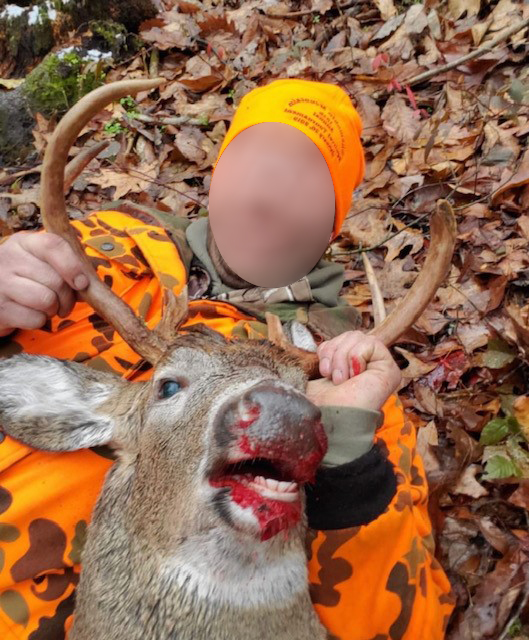
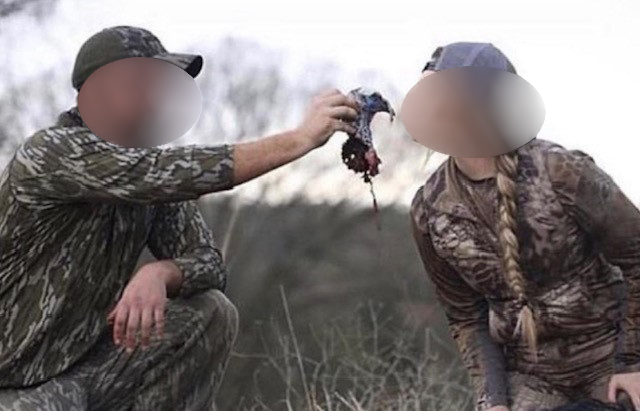
I do not fancy myself a “tree hugger“, but as soon as the air begins to cool on those crisp fall mornings you will most likely find me hugging a tree with the intention of safely hanging my tree stand. Does respecting the animal you are intending to kill qualify a hunter as a tree hugger? If so, then I believe all hunters should embrace that label.
Hunting, especially bow hunting is not easy. In the case of hunting Whitetail deer, you are pitting your skills as a predator against an animal that is genetically wired to avoid predators. While they do not see the world around them as we do, they can sense the slightest movement.
That, coupled with their sense of smell, which despite industry marketing campaigns cannot be defeated, provides a very capable opponent to even the most skilled hunter. A mature Whitetail is one of the smartest, most capable, survivors in the timber.
In most cases they do not move during daylight without the wind in their advantage, and they can smell the scent you leave on the ground, leaves, and brush hours and sometimes days after you have entered their domain. Their realm is the forest, swamps, and brush-lined river bottoms, they spend their entire existence there.
They weather the storms, intense heat and cold, annoyance from insects, and live in constant threat of predation. When a hunter leaves the woods in most cases they are returning to their comfortable home with A/C and heat, to eat food from a refrigerator, and the only threat to their lives while doing this is likely an angry spouse when they return home too late.
The animals we pursue do not have this luxury, and during my years of hunting I have never seen a Whitetail deer spray itself with deet or carry a thermacell. Nature is harsh, and these animals endure it daily, and thrive while doing it. Should this not be respected and admired?
Hunters need to immerse themselves in the story of the animal they pursue. Are humans at the top of the food chain in most cases? Yes. But that does not give us the right to treat the animal whose life we take as a prop for mindless likes and follower boosts on social media platforms.
Laying down next to an expired animal to take a “selfie” as blood drips from its exposed tongue is blatant disrespect to the animal, and the hunt. That time would be better spent practicing proper meat care and field dressing. Another prime example that comes to mind is the newfound obsession some hunters have with putting dead waterfowl in their mouths for photos. Respect for game aside folks, Avian flu is a real thing.
And it can be transferred to humans. Waterfowl are not known to be the cleanest critters on the landscape, they frequent still or slow-moving water and defecate in their roosting areas. “Is that Copenhagen in your teeth?” Nope, that’s poop. I urge the reader to think about this the next time you think of putting that drake mallard’s bright orange foot in your mouth for a photo-op.
How should we go about documenting our successful hunts in a professional and respectful manner? It really is quite easy. Don’t do dumb stuff with dead animals. But for the reader’s sake lets dive into this documentation thing a bit more. What are our options for taking photos? Most of us carry a high-quality camera in our pockets every day. Cellphone cameras have truly come a long way, and they are much lighter than a DSLR.
A simple search on amazon can produce numerous light weight mini tripods that come with a handy cell phone mount so you can shoot handsfree with your phone’s built-in timer. Obviously the first thing that should be addressed post-kill is field dressing the animal. Meat care should come before photos. The vitals of the animal are what carry the most heat, and upon death that heat is trapped in the body cavity.
In order to avoid meat spoilage, the animal should be opened up and the vitals removed to aid in cooling the meat down. However, this can be weather dependent. Some people rather not have a gaping stomach cavity in their photos, and that is ok.
Make that determination based on the climate and weather you hunt in. The second step should be cleaning the animal up. This can be done with a rag from your kill kit, leaves, baby wipes, or toilet paper (if you don’t carry TP or wipes in the field, fix yourself). Wipe the blood from the animal’s nose and mouth. Also clean up the wound and do your best to remove any remnants of the field dressing process from the photos.
Often the tongue is hanging out of the animal’s mouth, this can be remedied with a sharp knife. Next is posing the animal, there are numerous ways of going about this. You can get fancy with it, or just fold the legs to one side and hold the animals head up for the photo. Some folks like sitting farther back from the animal to make it look bigger, if that is your thing… cool, we aren’t here to address that.
Lastly is you, the successful hunter. While you did just win the game pitted between predator and prey, there is no reason to act like Alexander the Great after conquering the Middle East. Sit down with your animal, hold its head up, put your hand on its back, whatever suits you, but do it with class.
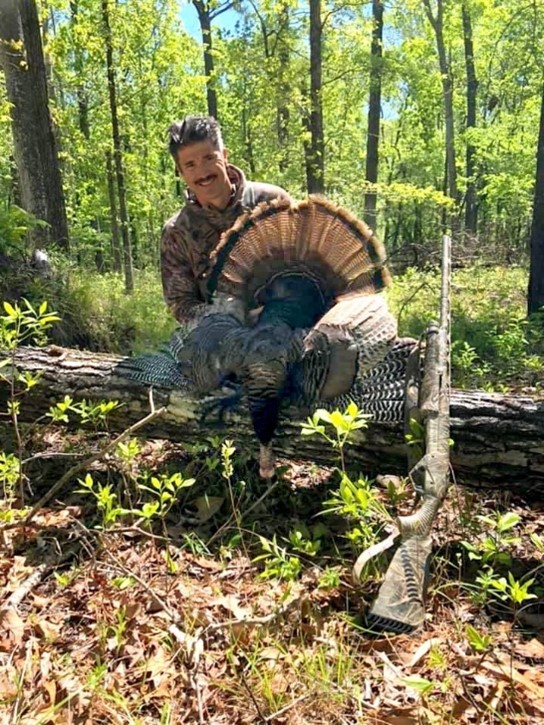
Then look at the camera and say cheese. This may seem vanilla or lame to some. But in a few years, or decades, you will be able to look at these photos, maybe with your children or grandchildren, and reminisce on the hunt, and see a respectful and tasteful visual representation of the animal you took just a few moments before it was turned in to food.
To wrap this all up in a small package, having respect for the game we pursue is a necessity. Trends always come and go, and I sincerely hope the trend of distasteful photos with dead animals goes the way of the dodo quickly. Maybe these words from a middle-aged man who has spent too much time in the woods will strike a nerve with someone out there and help influence the future of hunting and ethics.
The days of young eager children ogling brag boards in local hardware stores have unfortunately passed, social media has taken that space, and that is just fine. Social media, despite its negatives, has the potential to provide massive amounts of positive influence.
But before you decide to put that duck in your mouth or throw your orange hat and vest on a dead deer for a photo and some laughs, remember young eyes are not looking at that brag board, they are looking at you. Instead, sit down next to your animal, celebrate its story, and revel in the fact that the first hands to ever touch it were likely yours.
Don’t do dumb stuff with dead animals, and take a kid hunting,
Joe.

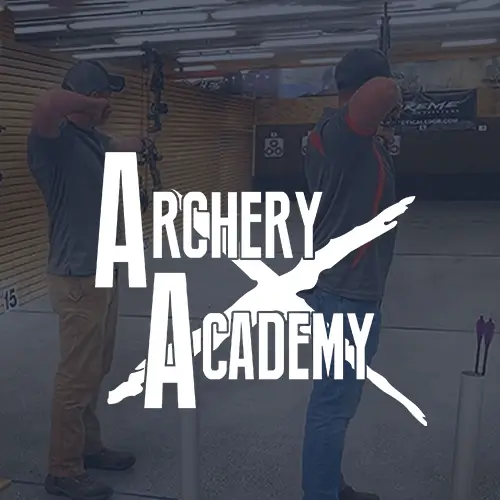

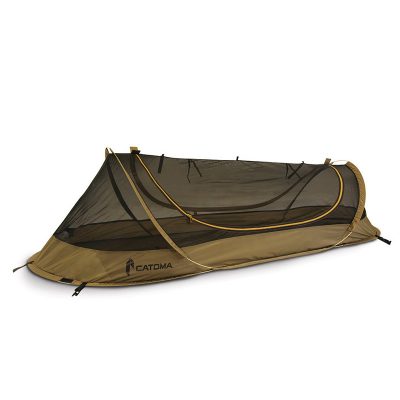
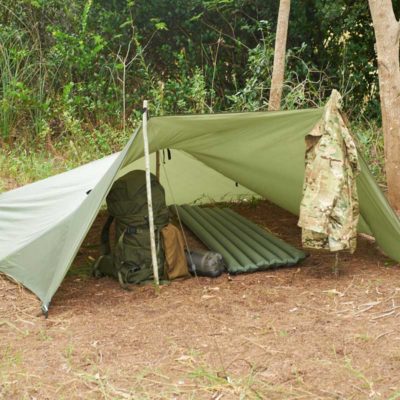
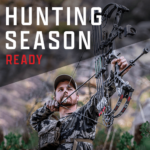
![[Practical Guide] Hunting Etiquette on capturing your game 1 | Extreme Outfitters your Outdoor & Camping Gear Store [Practical Guide] Hunting Etiquette on capturing your game](https://extremeoutfitters.com/wp-content/uploads/2022/06/Feature-IMG-1280x720-etiquettev2.png)
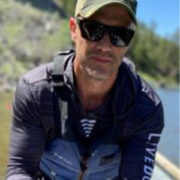
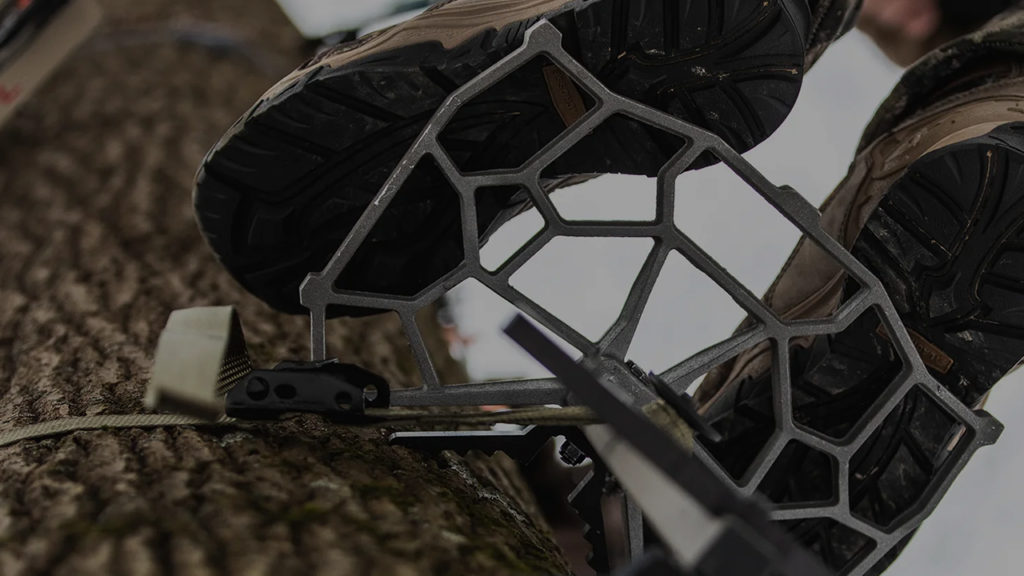
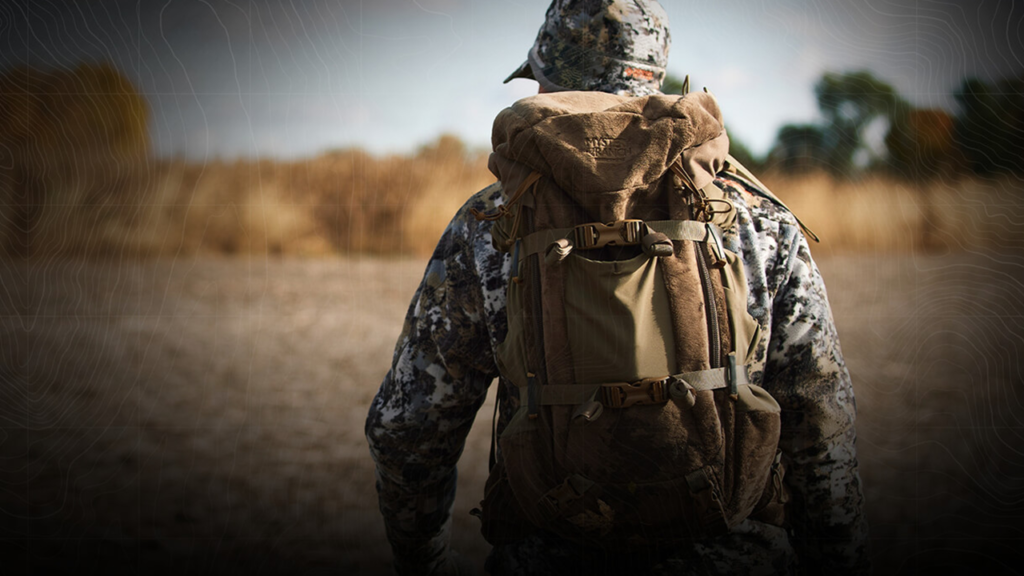
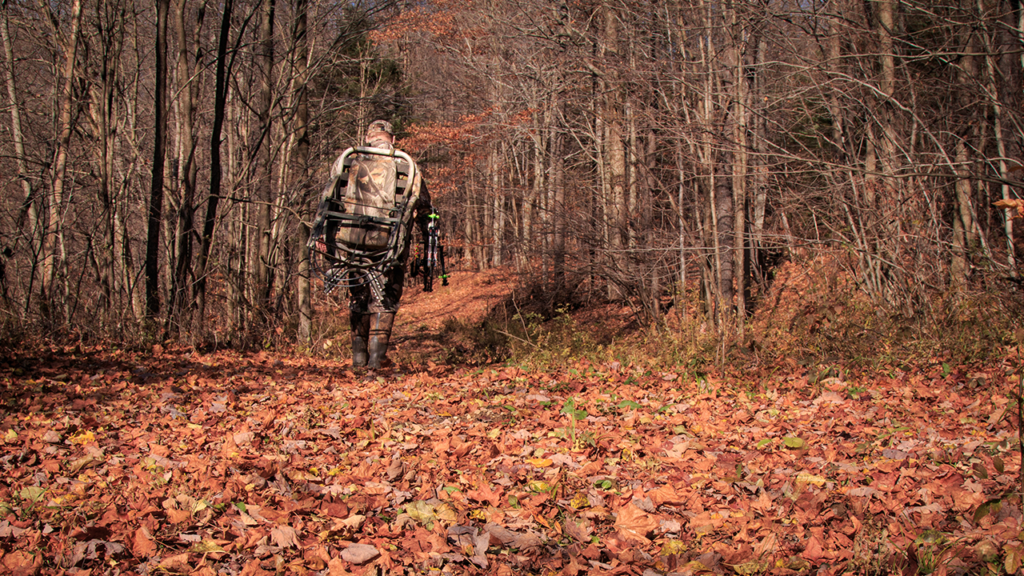
![Tips To Improve Your Mule Deer Hunt [Beginner’s Guide] Tips To Improve Your Mule Deer Hunt [Beginner’s Guide]](https://extremeoutfitters.com/wp-content/uploads/2022/09/Feature-IMG-1280x720-Mule-Deer-Hunt-1024x576.jpg)
![Liver-Blood-1000x635 Blood Trailing A Deer - Post Hunting Shot Tactics [#1 Hunters Guide]](https://extremeoutfitters.com/wp-content/uploads/2022/06/Liver-Blood-1000x635-1.jpg)
